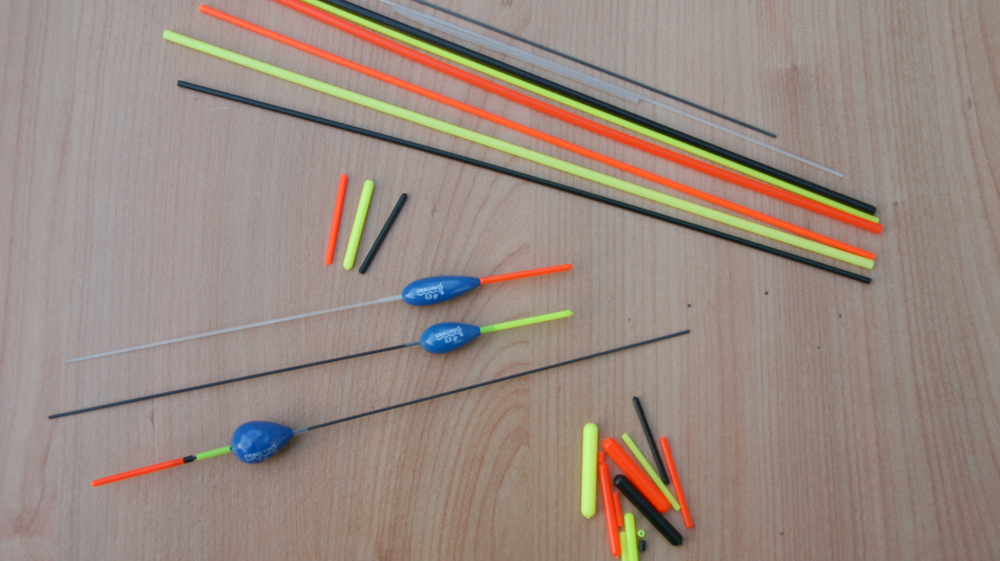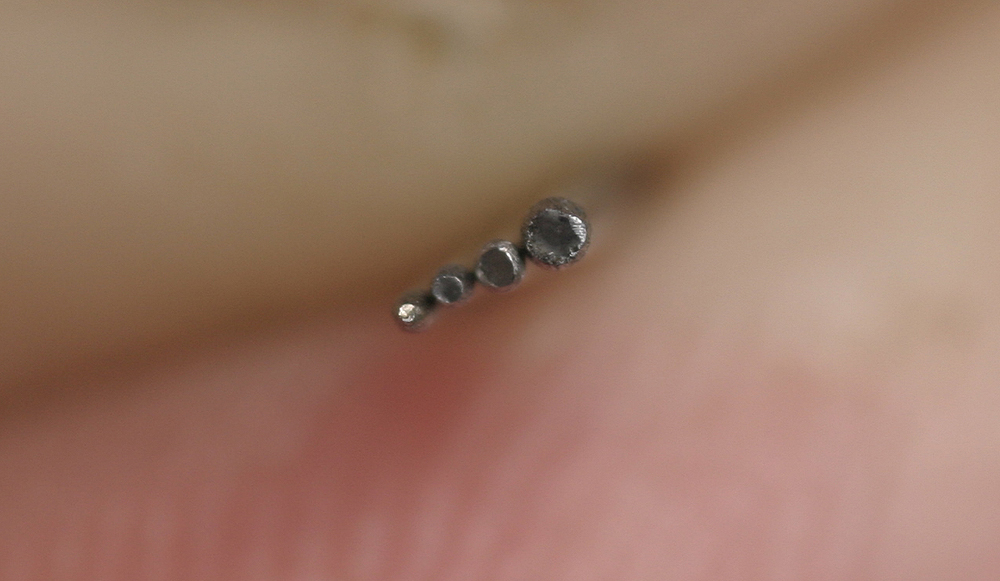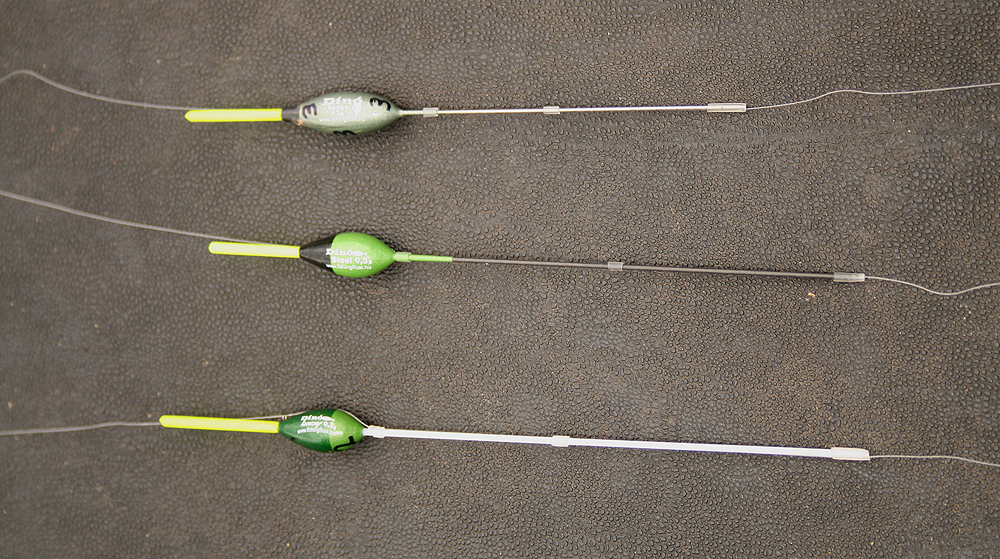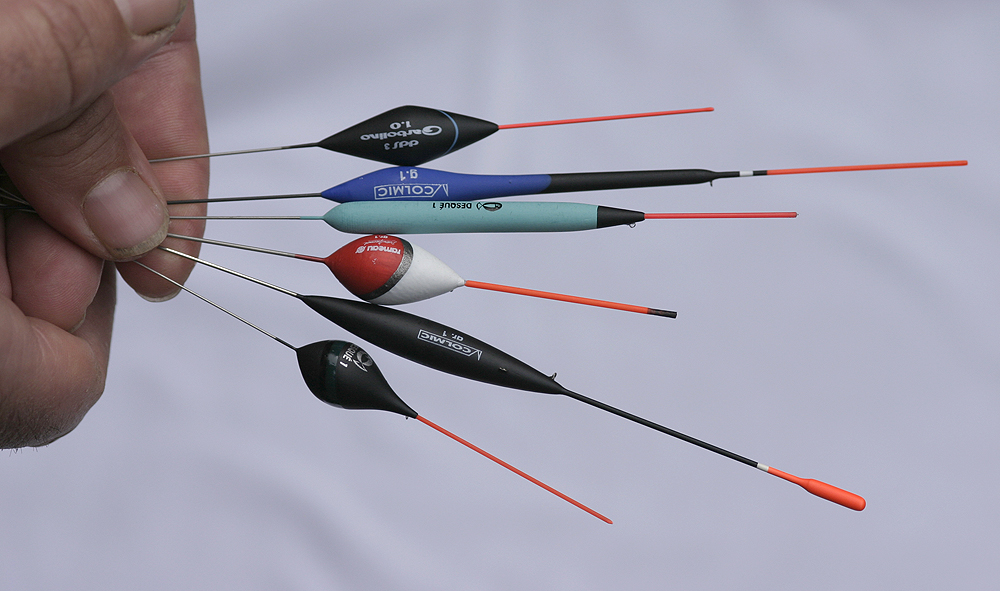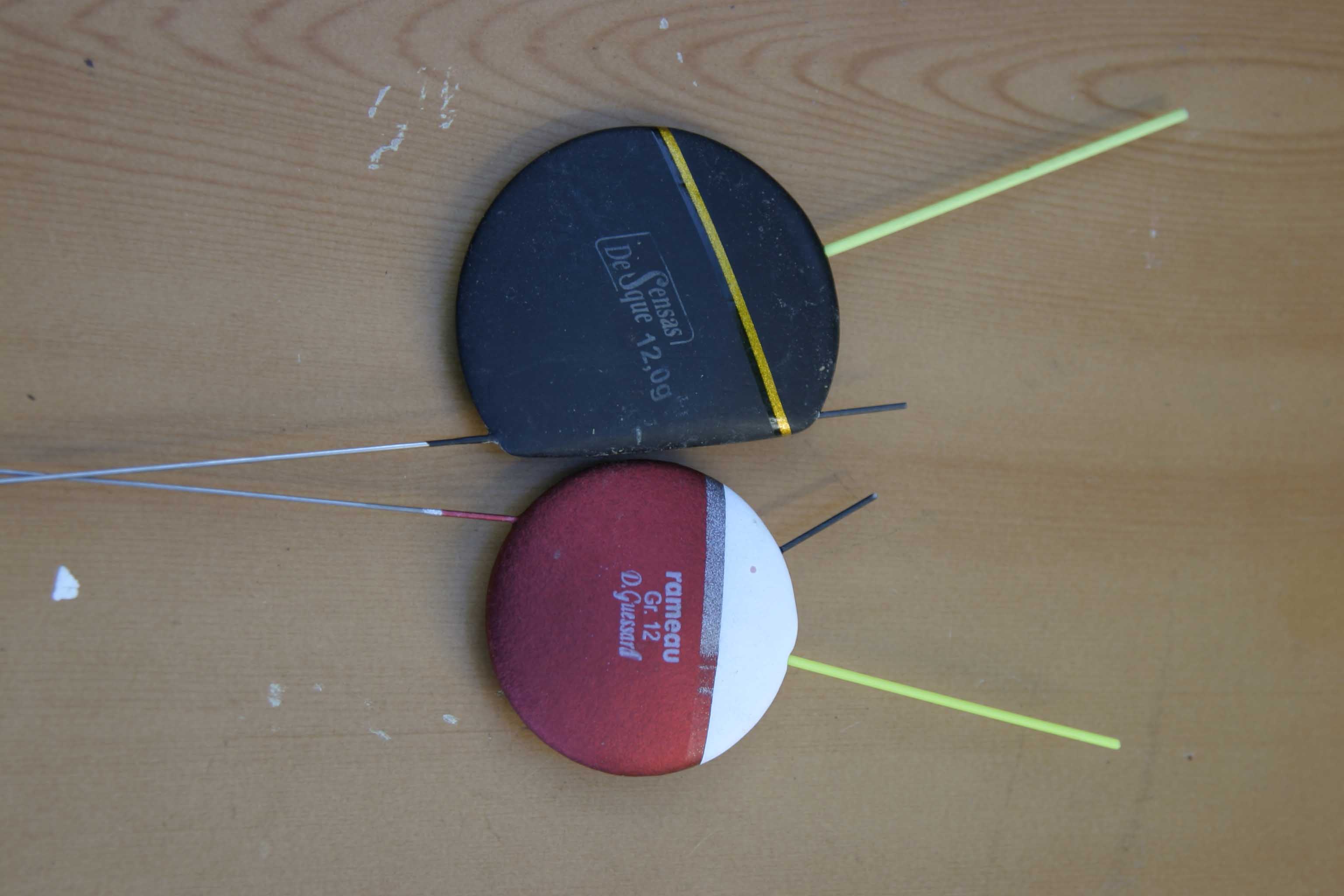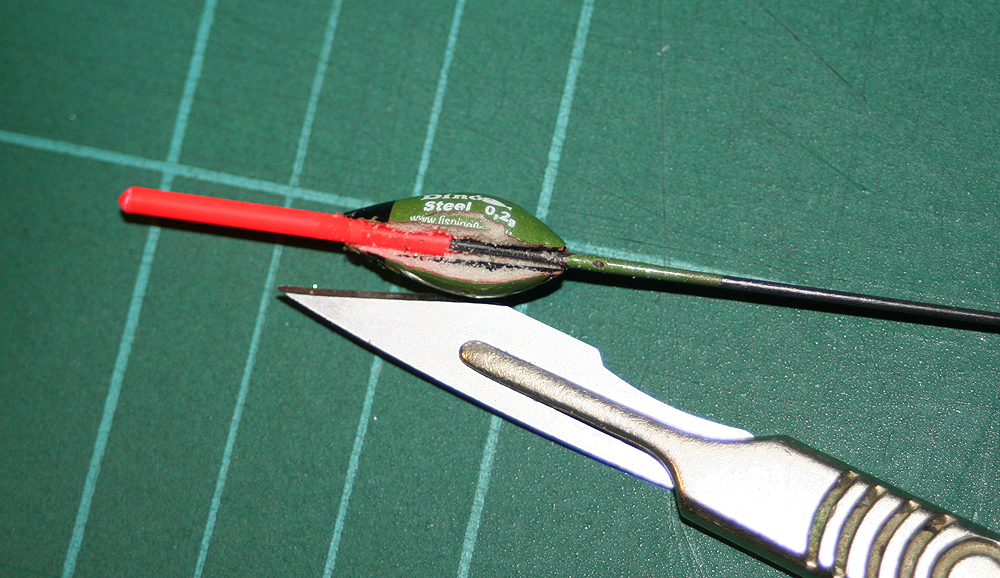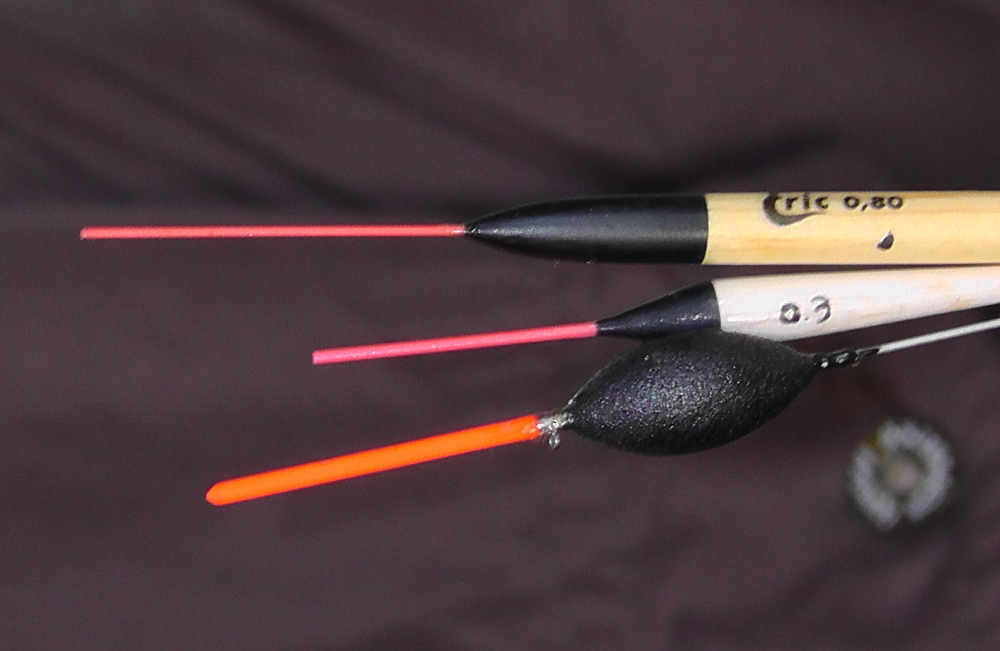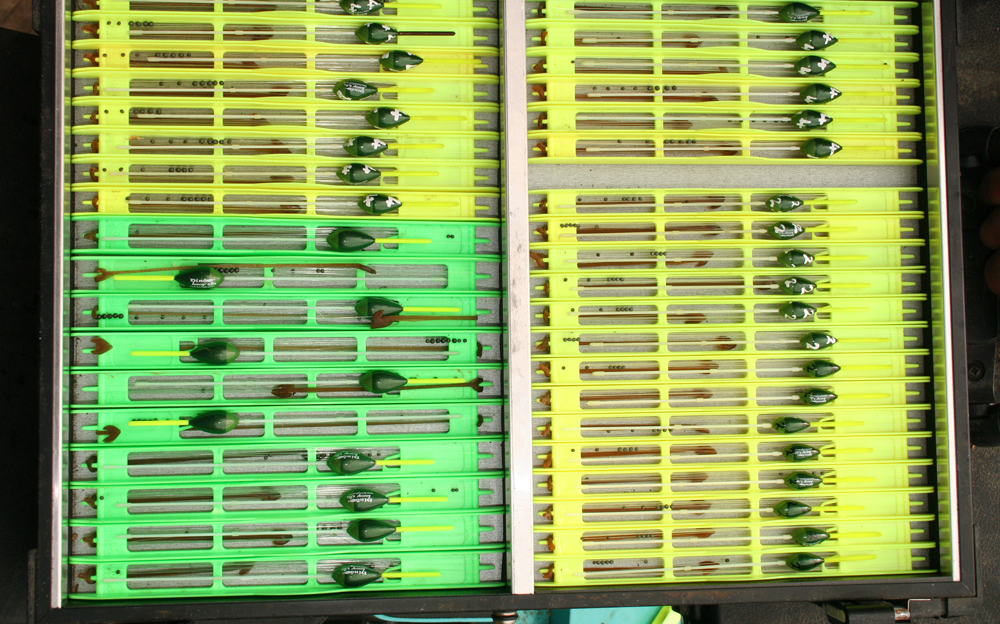Where to begin?
Float choices nearly always prove to be confusing. Dave Ewing, with a little help from Trevor Haskell, gives a short video overview of some of the patterns available and their use. We'll follow this video with a more detailed look at floats and their composition.
After this video was shot, we delved into the Matchangler.com archives to find a major feature on floats, produced a decade ago yet very relevant today. It describes in detail their composition and various uses. We hope you find it of interest.
What to look for in a float
There are many things to consider when buying a float. What's it for, where it's for, what conditions it'll be used in, are just some of the questions you'll need to answer before spending your money. But before this you'll also need to understand how a float is made.
We begin by breaking down each of the four components essential in a floats construction.
We have the stem, body shape, eye placement and bristle. All have a specific effect/performance on how fishing on different venues will develop.
The stem
The stem on a float does a number of crucial jobs. First it helps cock and settle the float. The heavier the material used in the stem the quicker the float will sit right in the water. This is not always a good thing of course – if you are looking for bites on the drop then you will not want a float that settles quickly.
The stem also gives stability to a float in waves. It is the weight of the stem sitting immediately below the float body which helps hold a float down in a wave, as much, if not more than the action of the bulk shot a couple of metres below the float.
Wire is the heavier material and is available in different diameters (left), the bigger the body, the wider/heavier the diameter! But there are two other main ones, namely fibreglass and carbon (right). The stem is important but only when taken in conjunction with the other parts of the float.
Body shape
The design and shape of a float body has a great impact on how the float sits in the water. Of prime importance is the shoulder – the part directly below the bristle.
Just think about a float sitting in the water, correctly shotted down.
A stable float must be able to sit still
through this motion and offer as little resistance as possible to the action of these waves. However, below the shoulder of a float the remainder of the body still needs enough bulk to carry the weight of your shot, whilst not giving too much resistance on any surface tow that may be present.
Body shape is also important when it comes to lifting and laying a bait. The wrong body shape can make for jerky and awkward float control. One particular body shape not always mentioned is the flat float, or lollipop! This float has a specific and special use, especially on rivers.
What many do not realise is that given the right conditions, the lollipop can outperform more traditional floats, even on stillwater lakes, where tow and wind heavily affect presentation. However, their use is mainly confined to the continent and is quite specialised so would require a separate article later.
Eye placement
The eye on a float is crucial when you want to hold the float back slightly. A poorly placed eye will make your float ride up in the water. Where an eye should be on a float depends on its body shape, but there’s no hard or fast rule on this. The best advice when
looking at the eye position is that it should look right for the float. This advice sounds a bit flimsy, but try to imagine how the float will sit in the water and what happens when you hold back the float… this pressure will be applied on the eye of the float.
While eye placement is relative to other factors in the floats make up, there are two more alternatives to line control on a float. These are when using lollipops and inline floats for margin fishing. Lollipops only require a short stem for a rubber attachment at the top of the
floats body, while an inline float has the line running through the body, parallel to the bristle and stem. Its construction can be seen on the left. It therefore creates an extremely strong float, hence its ideal use when margin fishing for carp and other large fish.
The bristle or float tip
You could argue that a long bristles get the float down below the waves. You may suggest that a fine tip will offer less resistance in a wave than thicker ones. You can imagine all you like about bristles in windy conditions, but one simple fact remains…if you can’t see it, the float’s useless!
A lot of the bristles used on floats are plastic and some are quite thick, for exactly this reason. One option is to buy individual float tips which cover an existing float. These are available in varying diameters, so you would need to hold a selection in order to cover all your float tips.
Looking after your floats
Finally you need to take care of your floats. Simply storing them on rigs in any old box will cause confusion when you're searching for a specific pattern and size. Try and set up a purpose fitted out tray, so all your float rigs on winders are easily accessible and clearly marked.
For those who don't have lots of room at home, rigs can be made up using a special wooden jig for pole floats, like the ones used during last years Academy session. Advice and illustration of this particular jig will be available from Dave Johnson.

